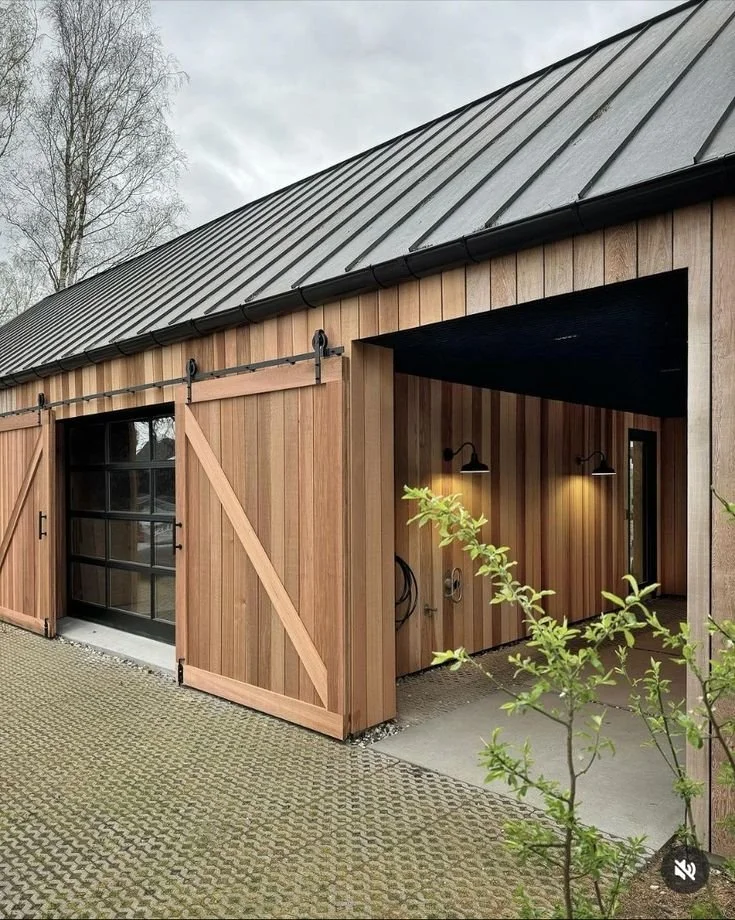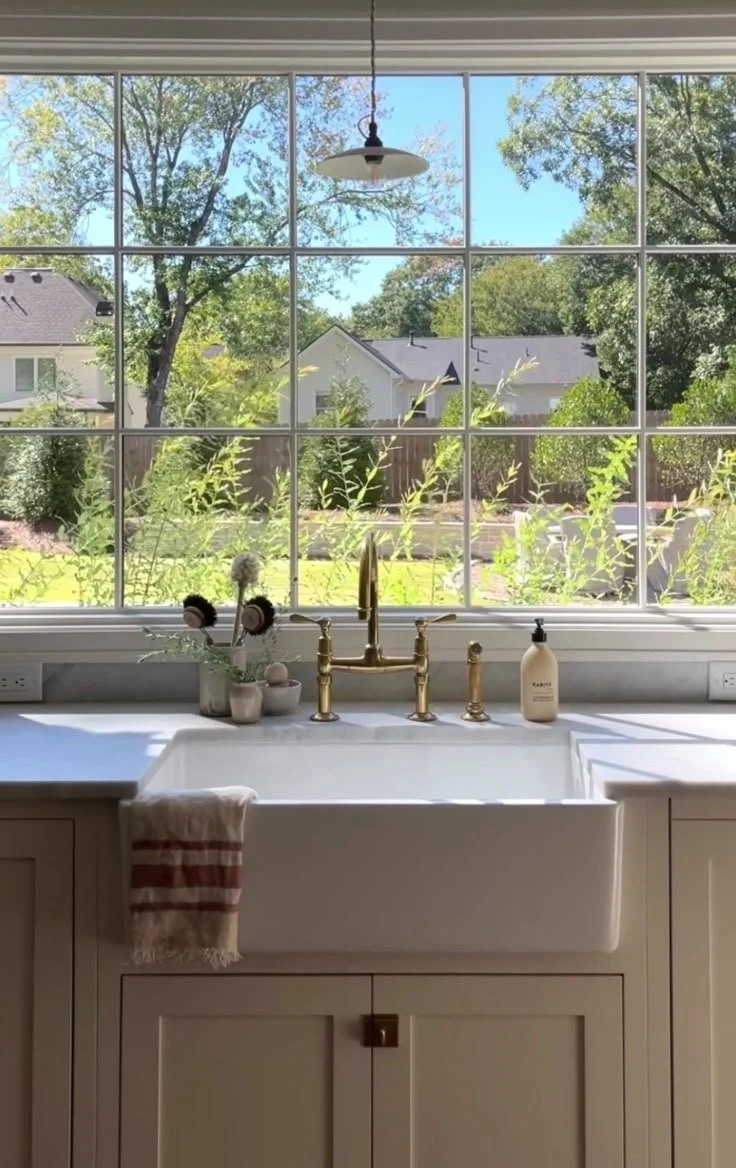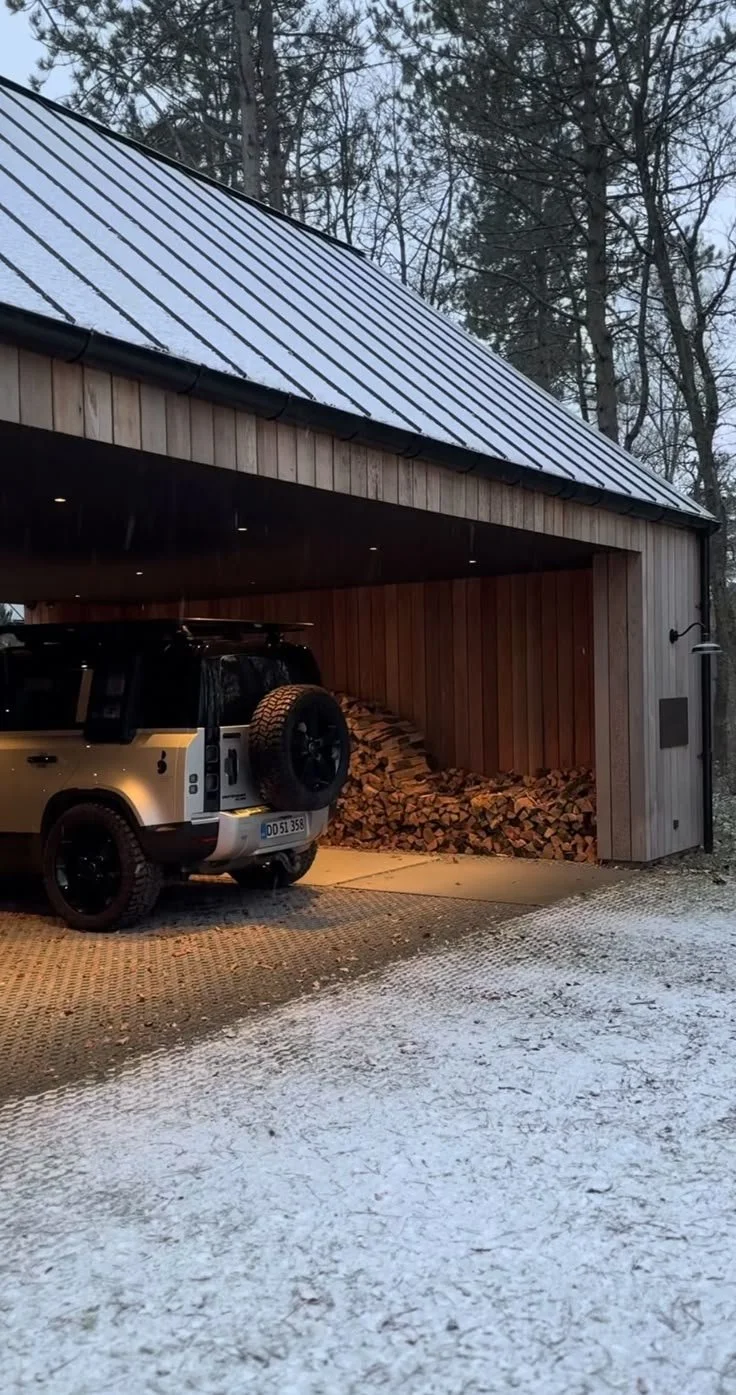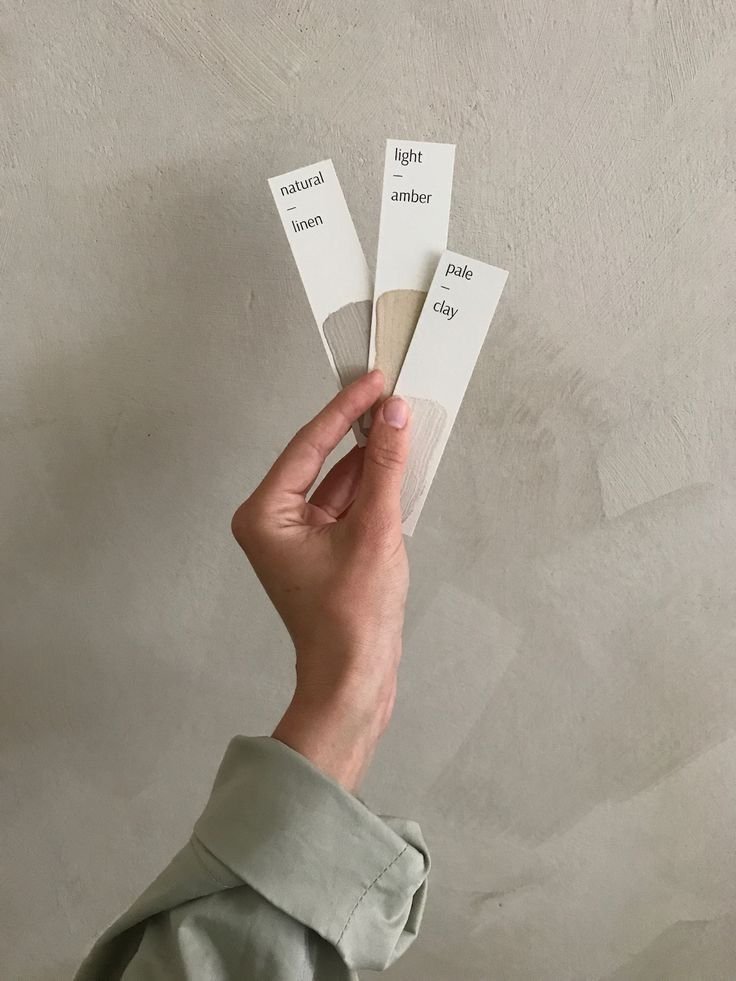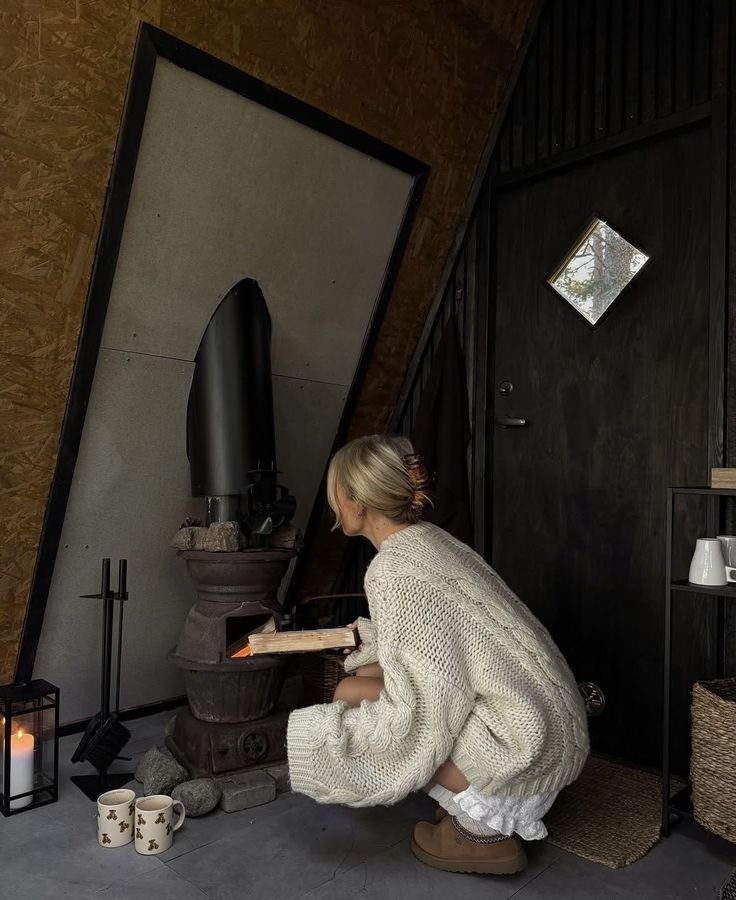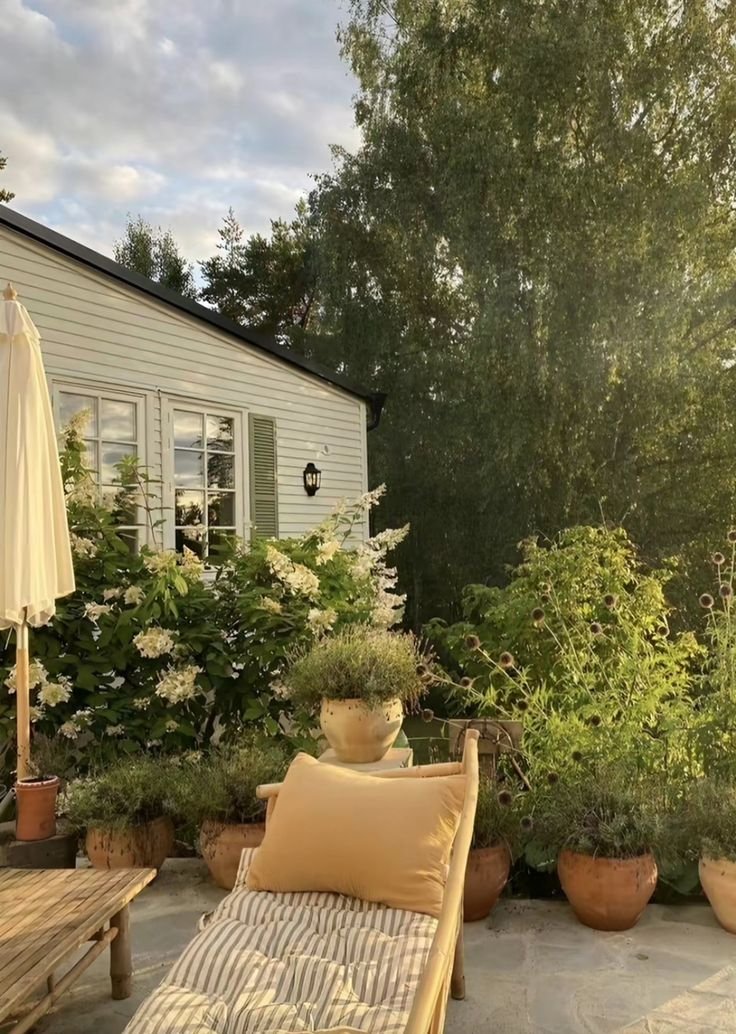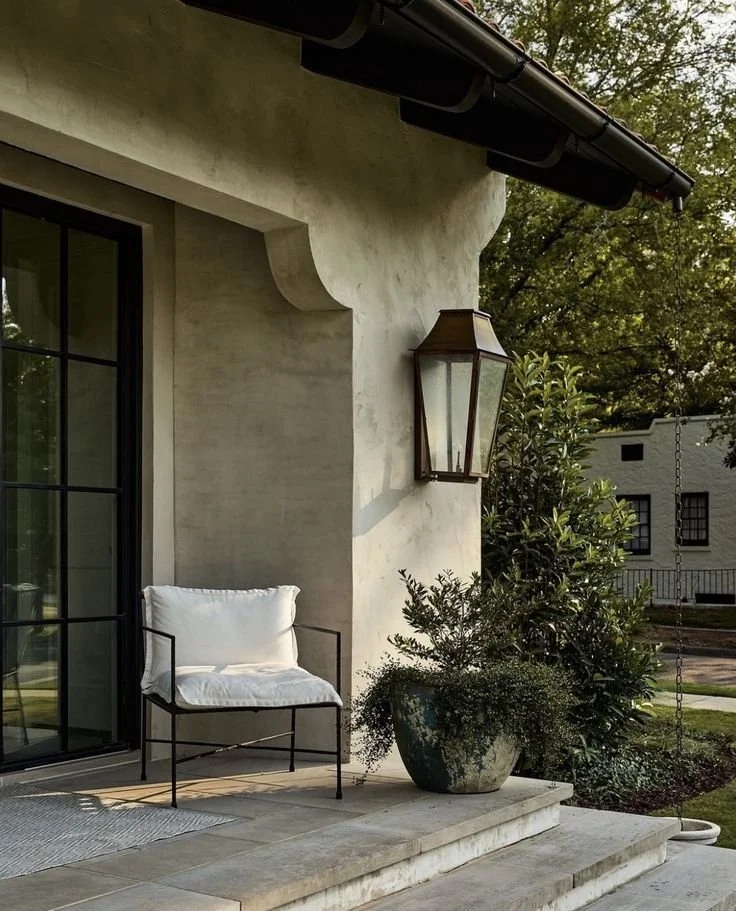The Landscaping Secrets The Pros Will Never Tell You About
If you’ve ever admired a beautifully manicured garden or a perfectly balanced outdoor space, chances are it was the work of a professional landscaper. Their creations often seem effortless—lush lawns, vibrant flower beds, and artful arrangements that feel both natural and refined. But what’s the secret behind these picture-perfect landscapes?
In this article, we’ll uncover the insider techniques professional landscapers use to achieve stunning results—many of which they rarely share. From smart planting strategies to clever soil enrichment methods, these tips will help you elevate your outdoor space and bring a touch of professional polish to your own garden.
No. 1
They Make Their Own Mulch
One of the first secrets many professional landscapers won’t openly share is that they often make their own mulch. Rather than buying it from costly suppliers, they repurpose garden waste from their projects.
How They Do It:
They invest in a chipper or shredder.
Garden waste—especially strongbark and twigs—is shredded into fine material.
This recycled mulch is then used to nourish soil, suppress weeds, and retain moisture.
It’s a sustainable and cost-effective approach that not only reduces waste but also enhances the health of the garden.
No. 2
They Plant in Ways That Mimic Nature
Another landscaping secret is the naturalistic planting style many pros adopt. Instead of rigid rows or symmetrical layouts, they mimic the randomness found in nature.
Why It Works:
Irregular clusters and staggered rows create visual interest.
Natural arrangements improve airflow and reduce disease spread.
The garden feels more organic and welcoming.
While it may seem counterintuitive, this method results in a more harmonious and aesthetically pleasing landscape.
No. 3
They Use Much More Hardscaping Than You Ever Would
Professional landscapers know that hardscaping—the use of non-plant elements like stone, gravel, and pavers—is essential for creating balance and structure in a garden. They’re not afraid to make the most of paving and gravel when it makes sense, especially if you need something low-maintenance.
Common Hardscaping Features:
Gravel walkways
Stone patios
Retaining walls
Decorative edging
These elements reduce maintenance, improve drainage, and provide contrast to softscaping (plants and greenery). Don’t be afraid to incorporate more hardscaping into your design—it can dramatically enhance both function and form.
Terrain
Grow your love for nature with Terrain’s premium garden supplies! From tools to décor, they have everything you need to nurture your garden and your passion.
No. 4
They Layer Bulbs
One of the most magical effects in a professional garden is the continuous bloom of flowers throughout the season. The secret? Layering bulbs.
How It’s Done:
Plant bulbs in layers based on their bloom times.
Early bloomers like crocuses go on top, followed by tulips, then late bloomers like alliums.
As one layer fades, the next emerges, ensuring constant color.
This technique requires planning and knowledge of bloom cycles, but the payoff is a dynamic, ever-changing garden display.
No. 5
They Let Tree Wounds Heal Naturally
There’s a common misconception that tree wounds need to be painted or sealed. However, most professional landscapers know that trees are best left to heal on their own.
Why Natural Healing Works:
Trees form a protective barrier called callus tissue.
Painting wounds can trap moisture and promote rot.
Open air allows the wound to dry and close naturally.
Unless advised otherwise by an arborist, it’s best to let nature take its course when it comes to tree injuries.
No. 6
They Sprinkle Compost on Lawns
Instead of overseeding, many professionals opt to top-dress lawns with a thin layer of compost. This enriches the soil and promotes healthier, greener grass.
Benefits of Compost Top-Dressing:
Adds essential nutrients directly to the soil.
Improves soil structure and water retention.
Encourages microbial activity and root growth.
This method is especially effective for lawns that appear dull or patchy due to nutrient deficiencies rather than a lack of seeds.
No. 7
They Mow High
Another lesser-known trick is mowing grass at a higher setting and leaving the clippings behind.
Why Mowing High Works:
Taller grass shades the soil, reducing water evaporation.
It promotes deeper root systems and stronger turf.
Grass clippings decompose quickly, returning nutrients to the soil.
This technique, known as “grasscycling,” not only improves lawn health but also reduces the need for fertilizers.
Takeaways
Professional landscapers have a wealth of knowledge that goes far beyond planting flowers and trimming hedges. As we’ve revealed in this article, their success lies in thoughtful strategies, sustainable practices, and a deep understanding of how nature works.
Key takeaways:
Make your own mulch to save money and reduce waste.
Mimic natural planting patterns for a more organic and beautiful garden.
Use hardscaping to add structure and minimize maintenance.
Layer bulbs for continuous blooms throughout the season.
Let tree wounds heal naturally to avoid rot and promote recovery.
Top-dress your lawn with compost instead of overseeding.
Mow high and leave clippings to nourish your lawn naturally.
By adopting these professional techniques, you can transform your outdoor space into a thriving, low-maintenance landscape that looks like it was designed by an expert. Whether you’re starting from scratch or enhancing an existing garden, these secrets will help you achieve stunning results with confidence.
Looking for Home resources?
Looking to enhance your living space and create a sanctuary that supports your well-being? Explore our home partners who offer a wide range of resources to elevate your home environment.


